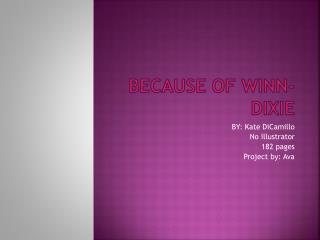
A feature of the DSM is thus its historicity and its willingness to stay abreast of the latest developments and hypothesis of the changing times.
Pathological fear of storms manual#
The Diagnostic and Statistical Manual of Mental Disorders (DSM, currently in its fourth version, DSM-IV-TR) 1 represents the standard reference manual for the assessment, diagnosis, and treatment of neuropsychiatric diseases, and since its first version has paralleled the increasing knowledge about brain and psychopathologies as well as the introduction of new diagnostic criteria, adapting its assessment tools accordingly.

Keywords: behavioral dependence, mobile phone, social phobia, specific phobia Even though nomophobia has not been included in the DSM-V, much more attention is paid to the psychopathological effects of the new media, and the interest in this topic will increase in the near future, together with the attention and caution not to hypercodify as pathological normal behaviors. In this manuscript, we propose to consider the inclusion of nomophobia in the DSM-V, and we make a comprehensive overview of the existing literature, discussing the clinical relevance of this pathology, its epidemiological features, the available psychometric scales, and the proposed treatment. The DSM-V Anxiety Work Group has put forward recommendations to modify the criteria for diagnosing specific phobias. Nicola Luigi Bragazzi, 1,2 Giovanni Del Puente 2ġSchool of Public Health, Department of Health Sciences (DISSAL), University of Genoa, Genoa, Italy 2DINOGMI, Department of Neuroscience, Rehabilitation, Ophthalmology, Genetics, Maternal and Child Health, Section of Psychiatry, University of Genoa, Genoa, ItalyĪbstract: The Diagnostic and Statistical Manual of Mental Disorders (DSM) is considered to be the gold standard manual for assessing the psychiatric diseases and is currently in its fourth version (DSM-IV), while a fifth (DSM-V) has just been released in May 2013.


 0 kommentar(er)
0 kommentar(er)
